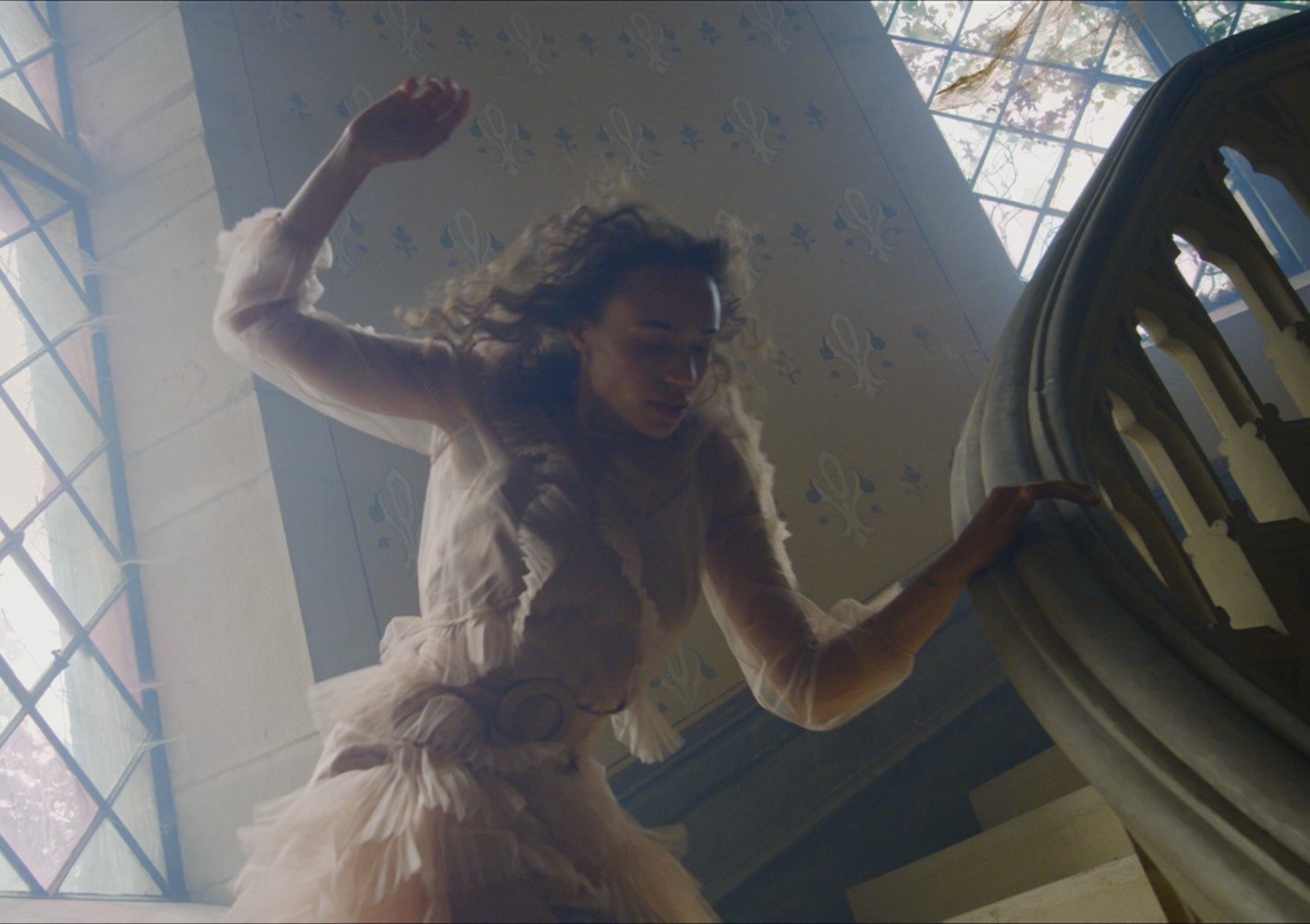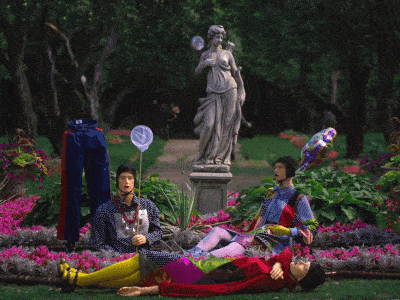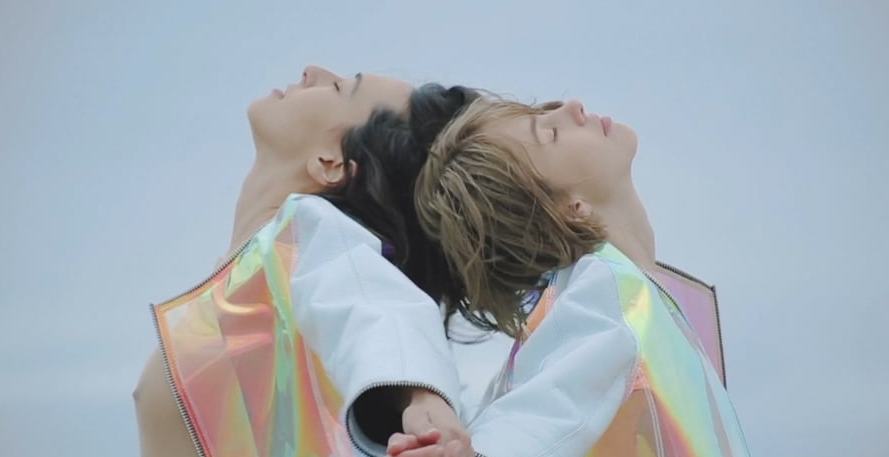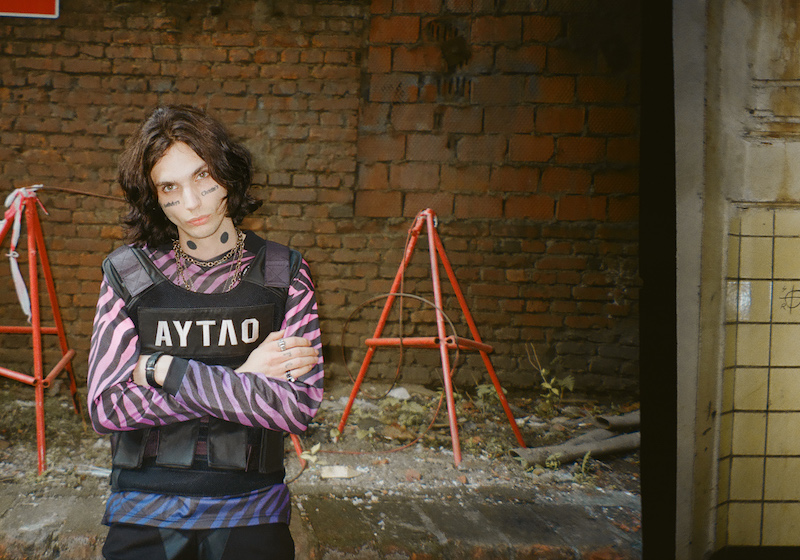Indulge yourself with this surreal fashion film set in grand historic interiors

Who: Anna Radchenko, a Russian multidisciplinary artist and feminist activist based in London, has worked for the likes of Nike, Vogue, and Warner Music Group on experimental projects, creating visuals merging sci-fi aesthetics with hyperrealism.
What: Radchenko’s latest work, Lost time, is a fashion film exploring the sweeping nature of time, starring London-based alternative pop singer and songwriter Jones. Featuring sandstorms and hourglasses shattering into pieces, the motion graphics-led video employs the malleability of sand as a metaphor for time slowly seeping through our hands. Wearing a 50s couture sun hat by Harris Reed in one scene, and a beige organza mini dress with a floating hemlin by Ukrainian womenswear brand Nadya Dzyak in another, Jones moves across a grand, dusty house with gorgeous stained glass windows, and a spectacular, circular staircase.
What they say: “Lost Time is a reflection of the existential paradox, when we are aware of the passing of time, but still aim to thrive and push forward,” says Radchenko, who cites psychologist Viktor Frank as a source of inspiration for the video.
Why you should watch: Packed with digital design aftereffects, the video, set in warm, golden interiors, looks ethereal and soothing, adding a nostalgic feel to the augmentation of reality taking the viewer into a fantastic realm.


